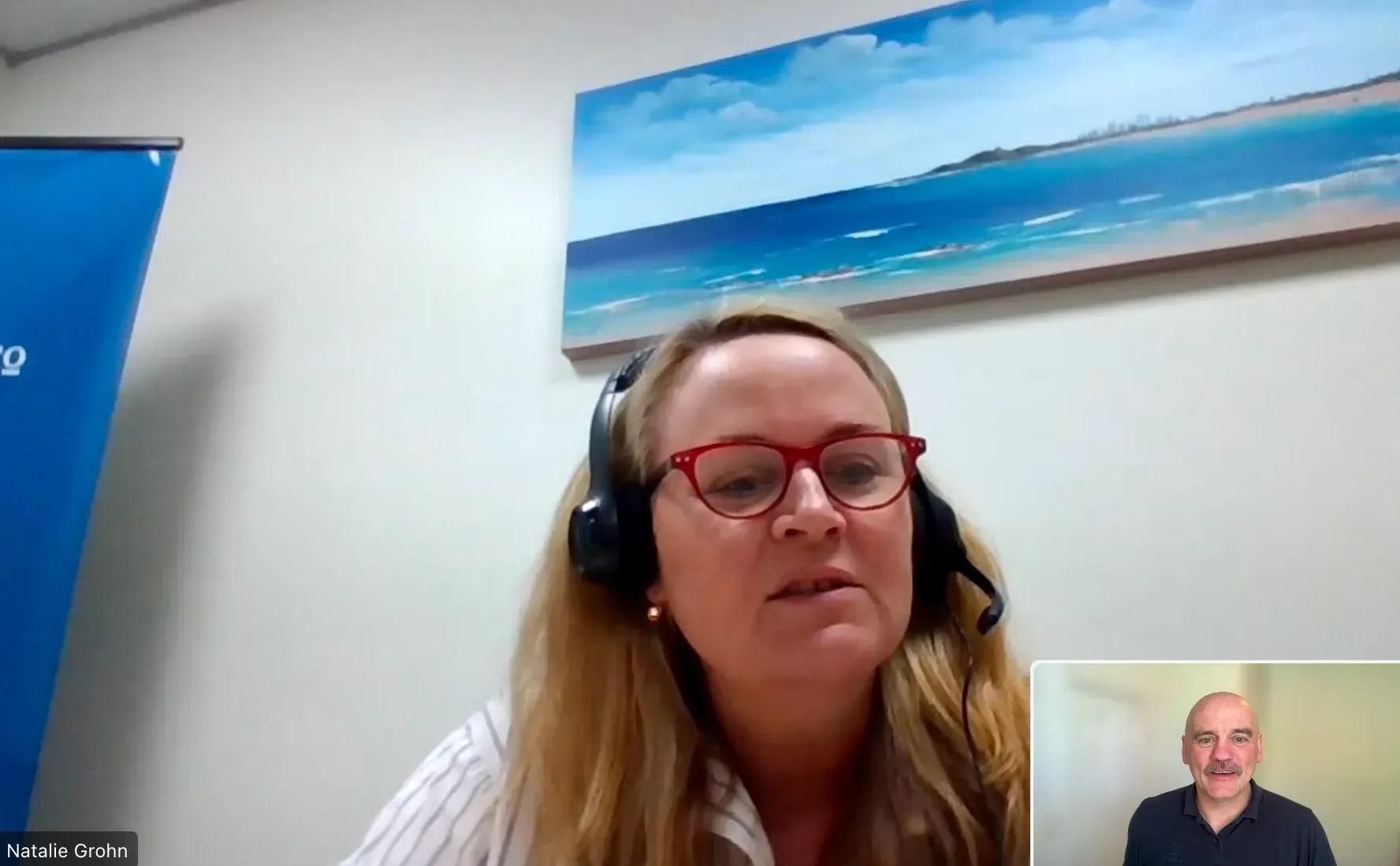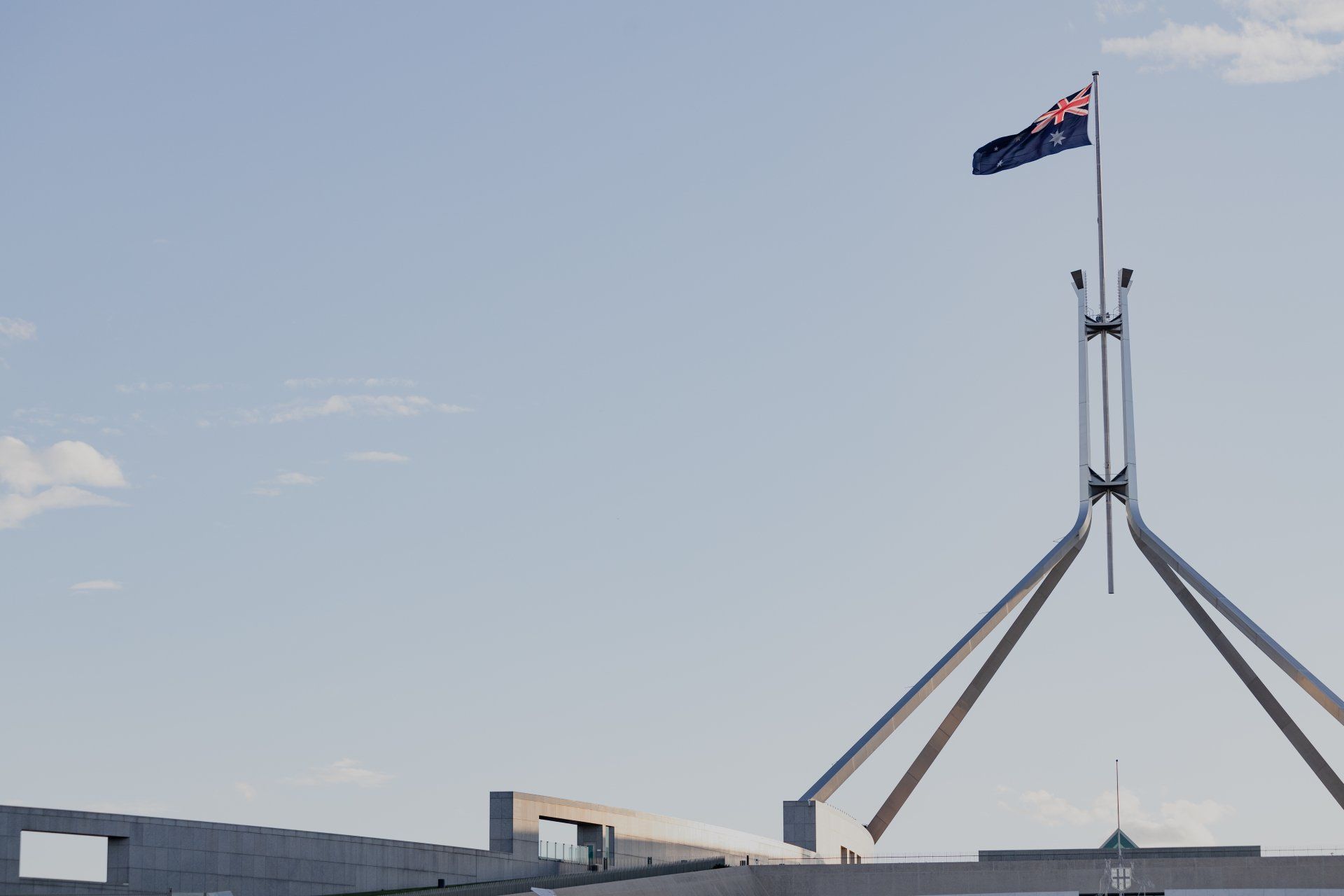Default Superannuation Fund and Super Guarantee Forms
Here are the things to remember before you offer your employee the option to choose a super fund via the Super Guarantee Choice Form.
When you employ someone you have to provide them with several forms:
- TFN Declaration
- Super Guarantee Choice Form
- Fair Work Statement
- Any other document to obtain information you require such as bank account details and next of kin.
Before you offer your employee the option to choose a super fund via the Super Guarantee Choice Form, you must nominate a fund that you will pay their super into if they can't or don't choose their own fund. You give your employee the details of this fund in section B of the Standard choice form.
This fund is your ‘default fund’
The super fund you nominate must:
- be a complying fund (one that meets specific requirements and obligations under super law)
- be registered by the Australian Prudential Regulation Authority (APRA) to offer a MySuper product.
You may also need to look at the award your employee is under, as the award may stipulate who you can use an a default fund.
Your default fund must be willing to accept the contributions. Some funds will not accept members who don’t contribute more than a certain amount each year. You also want a fund that you don’t have to setup paper work each time. Ensure the fund will accept the contributions when you pay it using the auto super function in Xero . Contact the fund prior to offering it as your default fund and listed it in section B of the Standard Choice Form.
What if they have a fund, and haven’t provided it to me by the time I have to pay super?
Remember, that not having superannuation fund details is no excuse for paying superannuation late. This is why you have to have a default fund. If the employee doesn’t provide any information, you must pay into the default fund before the 28th day following the quarter.
What if I do pay their super late?
If you pay superannuation late, your business will not be entitled to a tax deduction for the amount. You may also be required to complete a Super Guarantee Charge Statement and pay the required fees.
The Super Guarantee Charge includes the amount of superannuation, interest at 10% and an administration fee of $20 per employee, per quarter. The unpaid amount is to be paid to the ATO, not the employees superannuation fund. If you paid late, you may be able to offset this amount against the charge.
Many businesses we talk to do not have a default fund setup and often wait for employee details, which costs them in the long run. Talk to our trusted bookkeepers and accountants about your requirements to ensure you don’t miss out on tax deductions and pay super when you are required.









